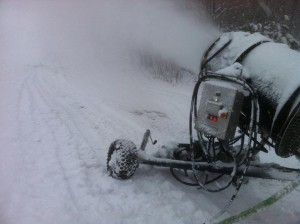“No one has more trouble, than a person who claims to have no trouble”
The way I reflect on this quote is by thinking of the phrase “the pursuit of perfection,” one of the key principles of Lean thinking. How can we approach our pursuit without becoming comfortable with our ‘trouble’ – errors, unhappy customers, re-work, delays, inconsistencies, bottlenecks, poor communication, unhappy employees, waiting? Many times throughout my Lean journey I have heard people speak of trouble/problems as ‘gold nuggets’ – finding them is great! Lean thinkers use trouble as a base for improvements and continuous strides towards perfection. Go find your trouble and claim it!


